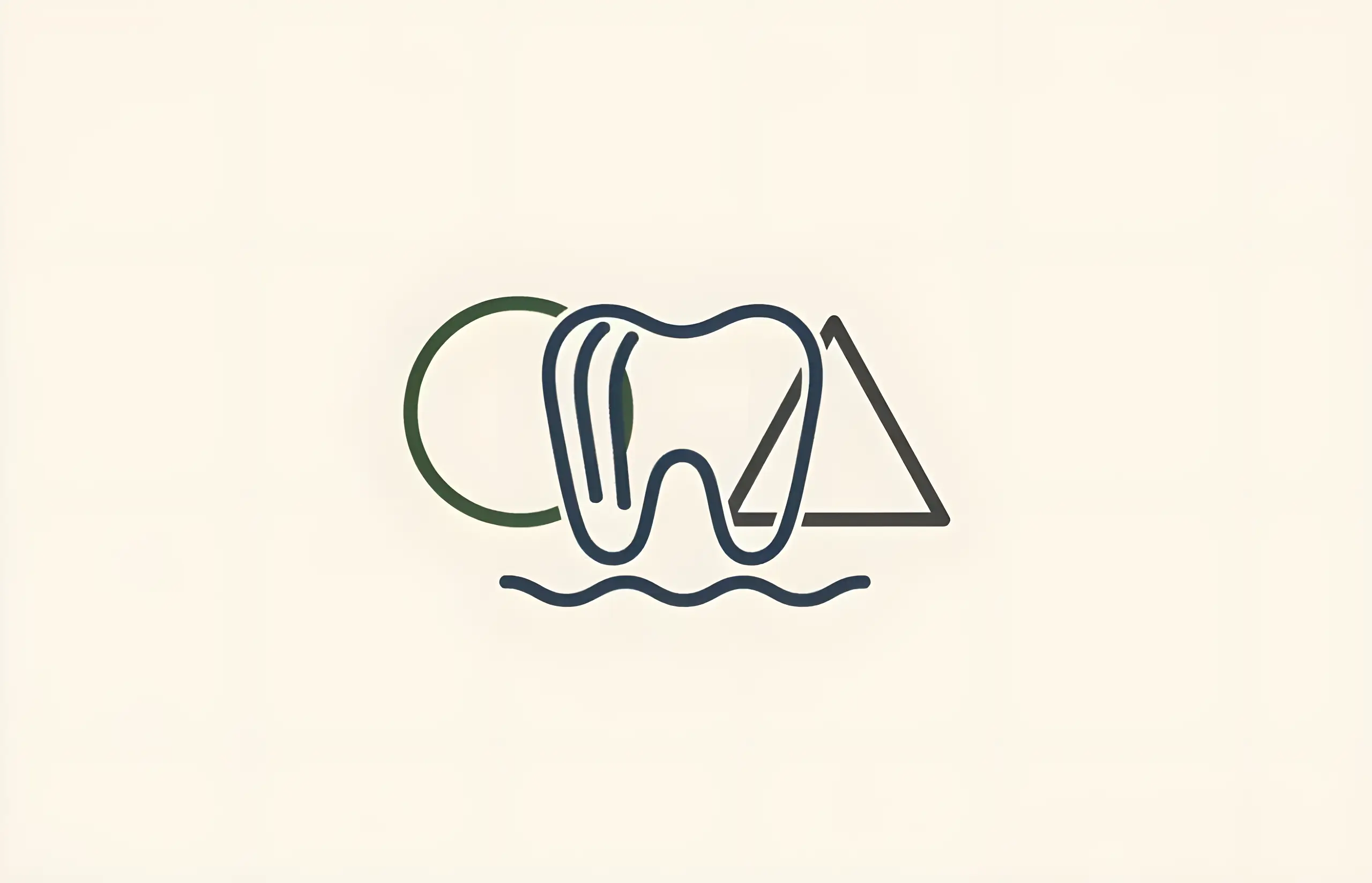Veneers are a hugely transformative cosmetic dental procedure which come with several pros and cons. While they look fantastic, some people can be hesitant to commit to them as there's no real way of going back once you have them fitted. There are a few alternatives to veneers which, although not a direct replacement, can help improve the colour and shape of a patient's teeth.
Teeth Whitening
If the main issue with a patient's teeth is the colour, teeth whitening may be a more affordable alternative. Teeth whitening treatments can be performed in a dentist's office or with one of the various at-home whitening kits which are available.
While whitening can be an effective way of improving the colour of your teeth, it won't do anything to improve the shape or the alignment. Many people are often disappointed with the outcome of whitening treatments, and they will generally need to be reapplied on a fairly regular basis to maintain the results.
One option is to combine veneers on some teeth with regular whitening on natural teeth. Veneers cannot be whitened, so regular bleaching of the natural teeth is required to keep the smile bright and the colours of the veneers and teeth matching.
Microabrasion
Another alternative to whitening is microabrasion, which involves the removal of minor stains and blemishes on the enamel of the tooth. A combination of hydrochloric acid and abrasive polishing is used to remove the offending part of the tooth enamel.
The results are permanent, so regular maintenance (outside of good dental hygiene) is not required like it is with whitening. The downside is that it's often hard to determine how deep in the enamel the blemishes are, so it's not always possible to remove the stain entirely.
As with whitening, this will not improve the shape or the alignment of your teeth in the way veneers would.
Orthodontic Treatments
If the main issue with your teeth is the alignment, orthodontic treatments like braces or Invisalign might be a suitable treatment. To be used as a viable alternative to veneers, the patient must have well-shaped teeth with a good colour, although the treatment can be combined with whitening/microabrasion and tooth contouring if only minor improvements are required.
The benefits are that you are maintaining your own natural, healthy teeth and the results of the treatment are permanent. The treatment can take a significant period of time to complete, often upwards of 6 months, which can put some people off.
In terms of cost, orthodontic treatment will be largely similar to having veneers fitted to the front teeth.
Tooth Recontouring
If the alignment and colour of the teeth is not an issue, tooth recontouring can be used to give the teeth a more aesthetically pleasing shape. This treatment will typically involve rounding out the corners of teeth, trimming away prominent areas and generally improving the shape and texture of the tooth.
The procedure is fairly quick and straightforward, and the results are permanent. The downside is that there can be a limit to how much the dentist is able to achieve, and it may need to be combined with other treatments if you have alignment or discolouration issues.
Dental Bonding
If there are issues with chipped or cracked teeth, or even with some minor staining, then dental bonding can be an affordable alternative to veneers. The benefits of bonding are that only the problematic areas of the teeth are treated, and the treatment itself is fast and relatively inexpensive.
Bonding doesn't tend to last as long as veneers, however, the nature of the treatment means it can be patched up fairly easily if there are any issues in the future. The results aren't anywhere near as transformative as porcelain veneers, but as a cheaper alternative it can be useful for fixing several dental issues.
There are a number of potential alternatives to porcelain veneers available, each targeted at a particular dental issue. While no one treatment is a direct replacement, the combination of several treatments can be used to similar effect.
Sources and References
-
[1]
Enamel microabrasion: An overview of clinical and scientific considerationsWorld Journal of Clinical Caseshttps://pmc.ncbi.nlm.nih.gov/articles/PMC4295217/
-
[2]
Microabrasion in tooth enamel discoloration defects: three cases with long-term follow-upsJournal of Applied Oral Sciencehttps://pubmed.ncbi.nlm.nih.gov/25141208/
-
[3]
A narrative review of minimally invasive techniques in restorative dentistryThe Saudi Dental Journalhttps://pmc.ncbi.nlm.nih.gov/articles/PMC10897608/
-
[4]
Resin-based composite as a direct esthetic restorative materialJournal of Esthetic and Restorative Dentistryhttps://pubmed.ncbi.nlm.nih.gov/21755892/
-
[5]
Case Reports of Enamel Microabrasion Associated with At-home Dental Bleaching After Orthodontic Bracket RemovalJournal of Clinical Pediatric Dentistryhttps://pubmed.ncbi.nlm.nih.gov/34437705/
All sources accessed and verified on . Medical information reviewed for accuracy and compliance with current guidelines.
Related Articles
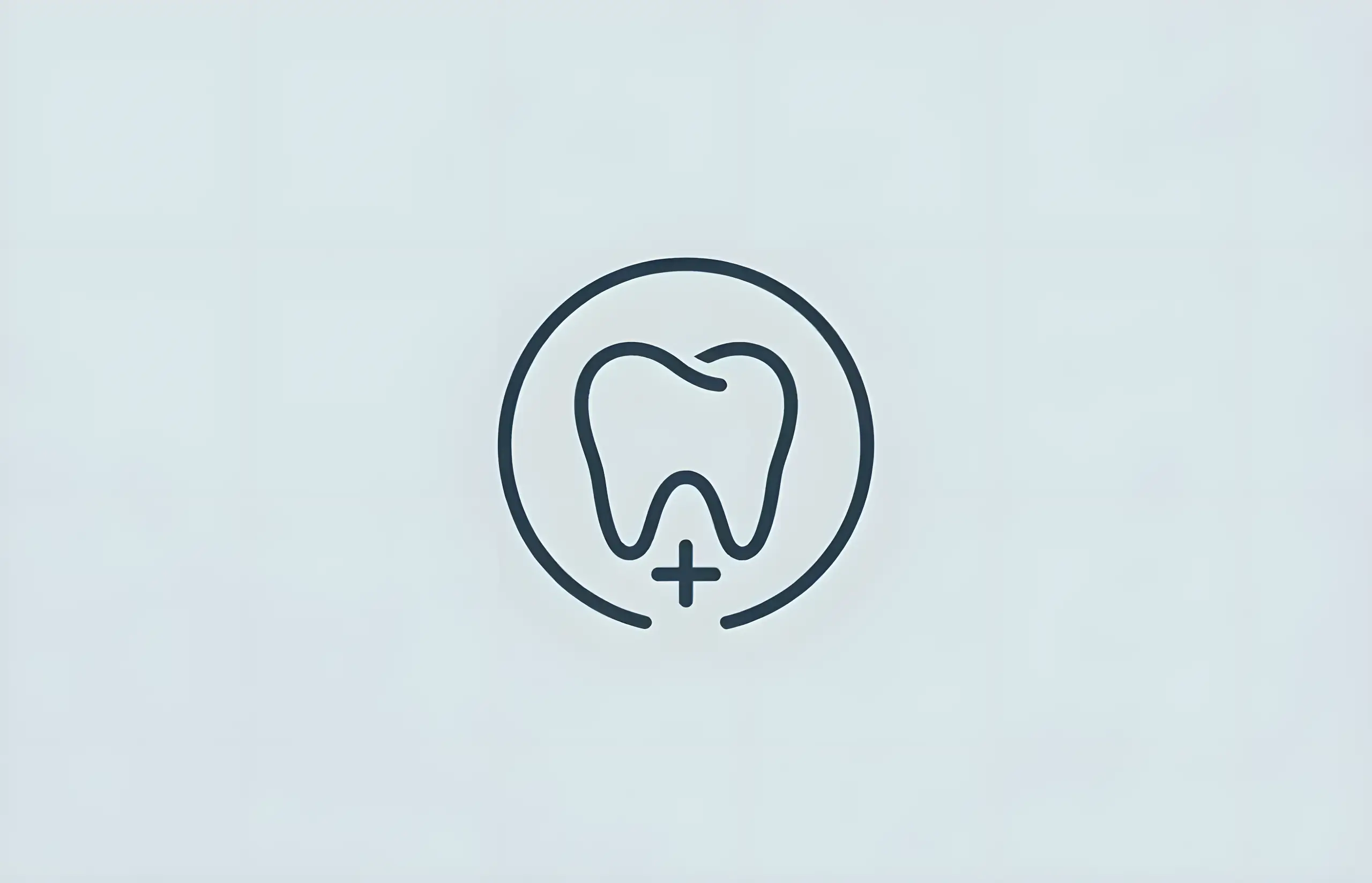
Are Dental Veneers Safe?
Comprehensive guide to dental veneer safety, including risks, complications, success rates, and important considerations for this popular cosmetic procedure

Are Veneers Bad for Your Teeth?
Comprehensive guide to how veneers affect your teeth, including enamel removal, long-term effects, proper placement, and important considerations

Are Veneers Covered By Dental Insurance?
Complete guide to dental veneer insurance coverage, when veneers may be covered, costs without insurance, and other dental procedures typically covered by insurance
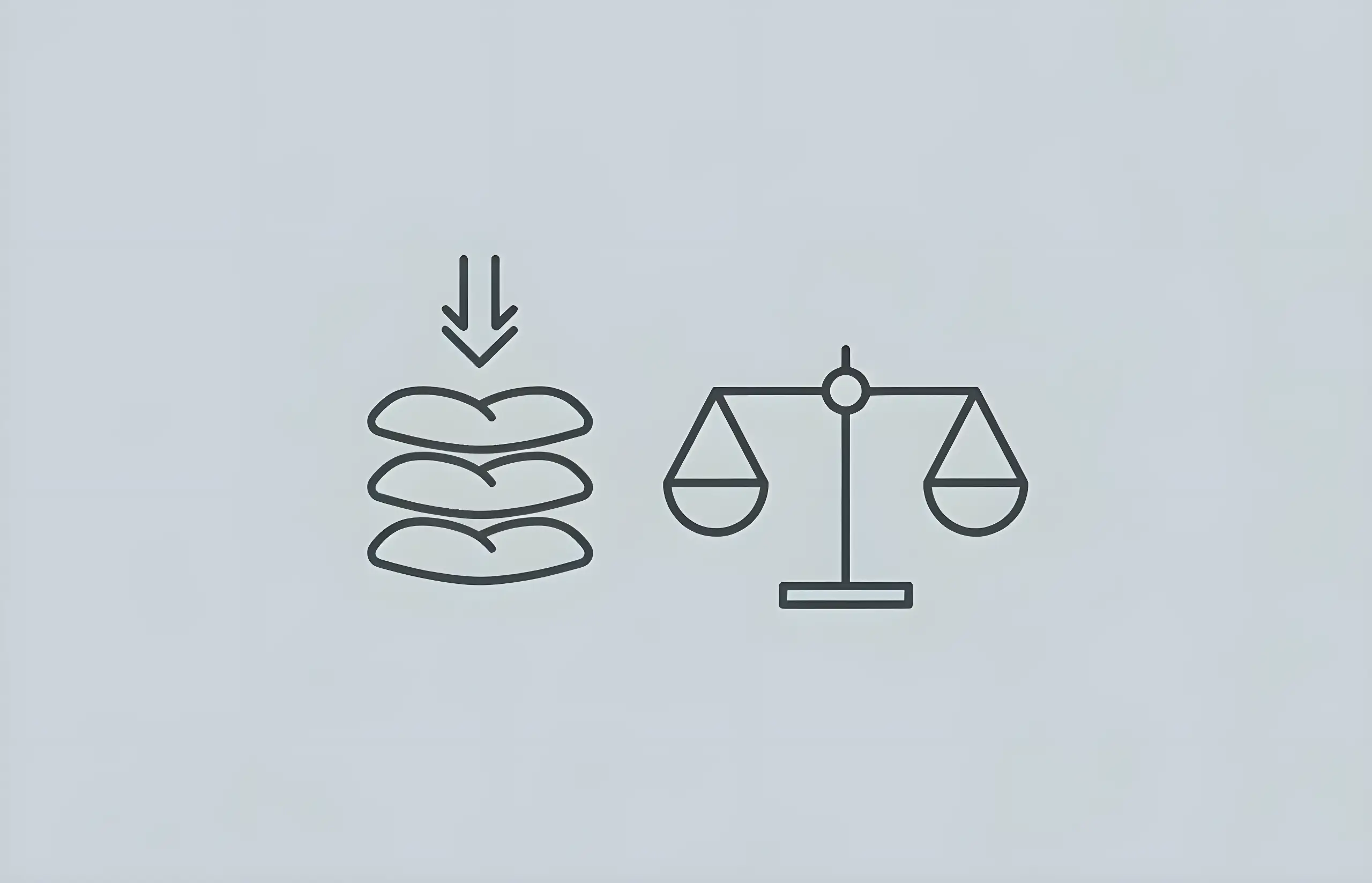
How Much Do Composite Veneers Cost?
A comprehensive guide to composite veneer costs, comparing prices with porcelain veneers and understanding what affects the price

Composite Veneers vs Porcelain Veneers
Comprehensive comparison of composite and porcelain veneers including costs, longevity, aesthetic results, treatment procedures, and which option is best for your smile transformation

How Much Do Dental Veneers Cost in the UK?
Comprehensive guide to dental veneers including history, materials (composite, porcelain, lithium disilicate), treatment process, costs (£200-£1000 per tooth), longevity, care instructions, and cost factors

Do Veneers Fall Off?
Comprehensive guide to veneer longevity including survival rates, causes of debonding and failure, composite vs porcelain durability, prevention strategies, and how to protect your veneers

How Long Do Veneers Last?
Comprehensive guide to veneer longevity including survival rates, replacement considerations, irreversible enamel removal, color stability issues, and alternative restoration options

How Long Does It Take To Get Dental Veneers Fitted?
Complete Timeline Guide (3-4 Weeks Total, 94.4% Survival at 5 Years, 93.5% at 10 Years)
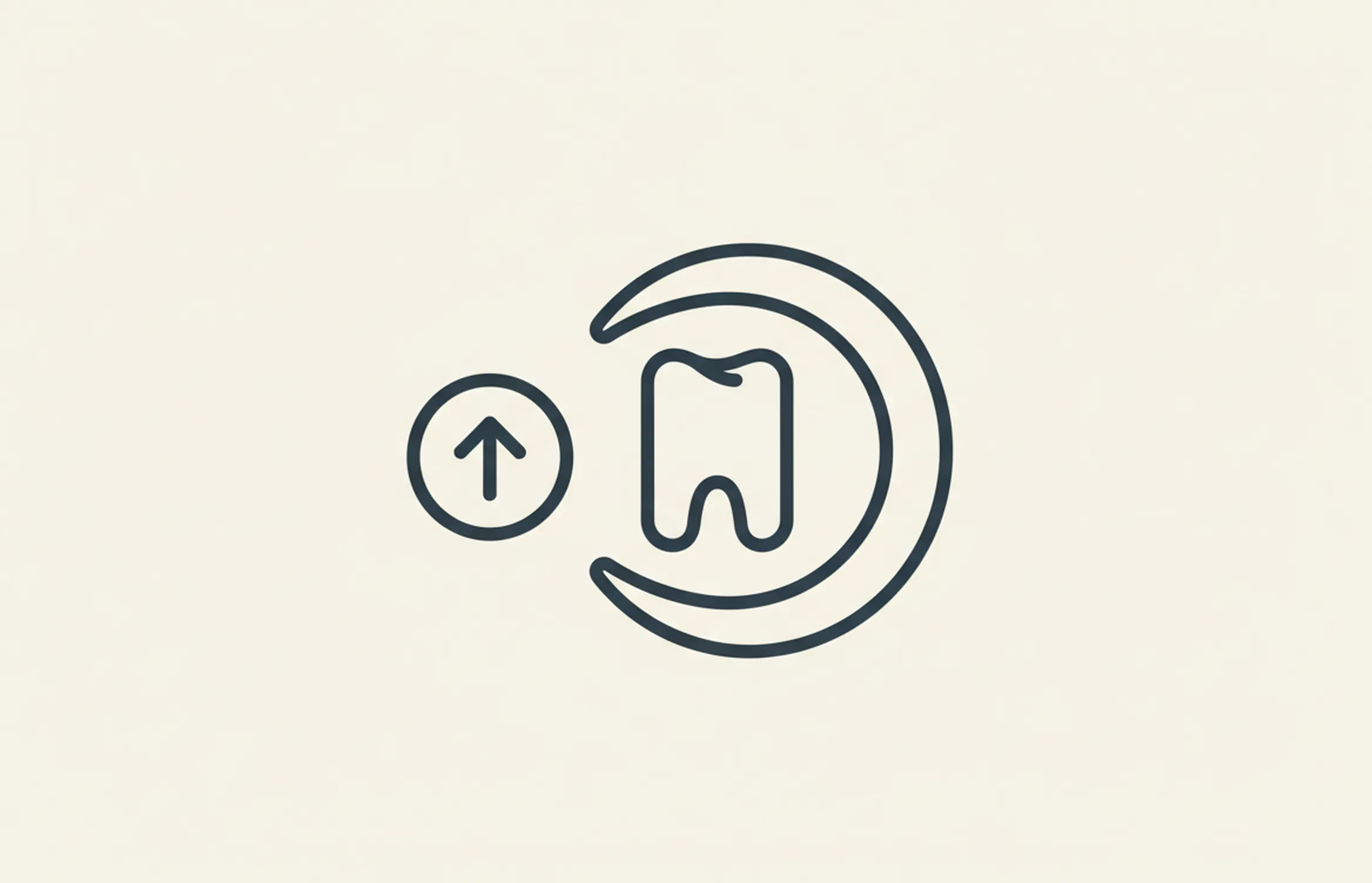
How Old Do You Have To Be To Get Veneers?
Comprehensive guide to age requirements for dental veneers, tooth development considerations, adolescent veneers, enamel bonding requirements, and factors affecting veneer candidacy
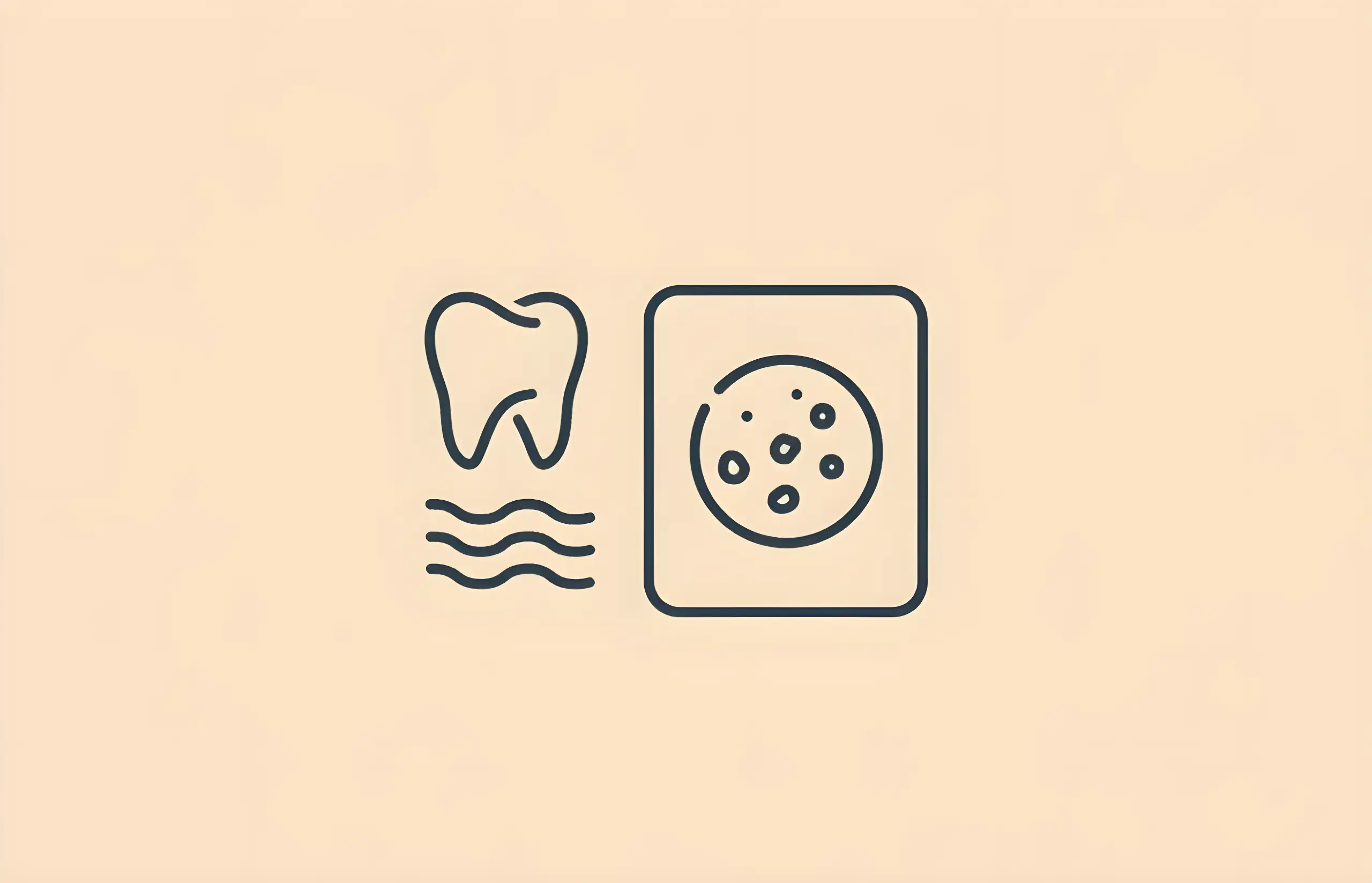
Do Porcelain Veneers Stain?
Comprehensive guide to porcelain veneers staining resistance, marginal discoloration (most common complication), color stability compared to composite, beverage effects (Coca-Cola worst, coffee second), surface roughness impact, and prevention strategies

The Pros and Cons of Veneers
Learn about the advantages and disadvantages of porcelain veneers including improved appearance, durability, stain resistance, cost, maintenance, and who is a suitable candidate
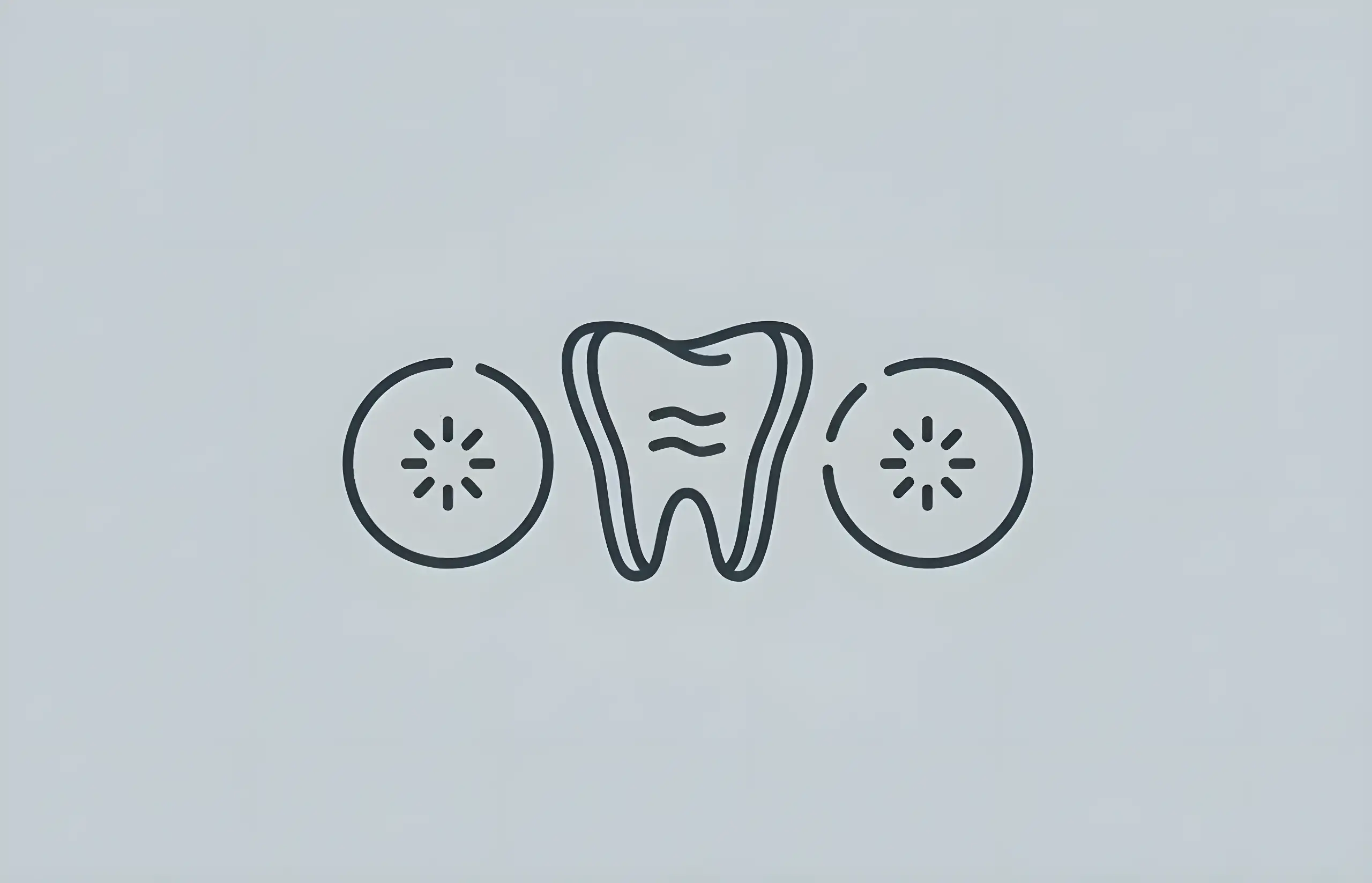
Sensitive Teeth After Veneers
Understanding causes, treatment options, and what to expect when experiencing tooth sensitivity after veneer placement

Different Types of Veneers
Comprehensive guide to veneer types including porcelain, composite, instant, and removable veneers with survival rates, costs, pros and cons, and how to choose the right option

Veneers For Front Teeth Gap
How porcelain veneers can effectively close diastema and improve your smile with a permanent, natural-looking solution

Veneers For Underbite Correction
Learn about using veneers for underbite correction including what underbites are, how veneers can help in mild cases, possible problems, and alternative treatment options

Can You Get Veneers With Crooked Teeth?
Comprehensive guide to using veneers for crooked teeth, including when they work, limitations, material options, and alternative orthodontic treatments
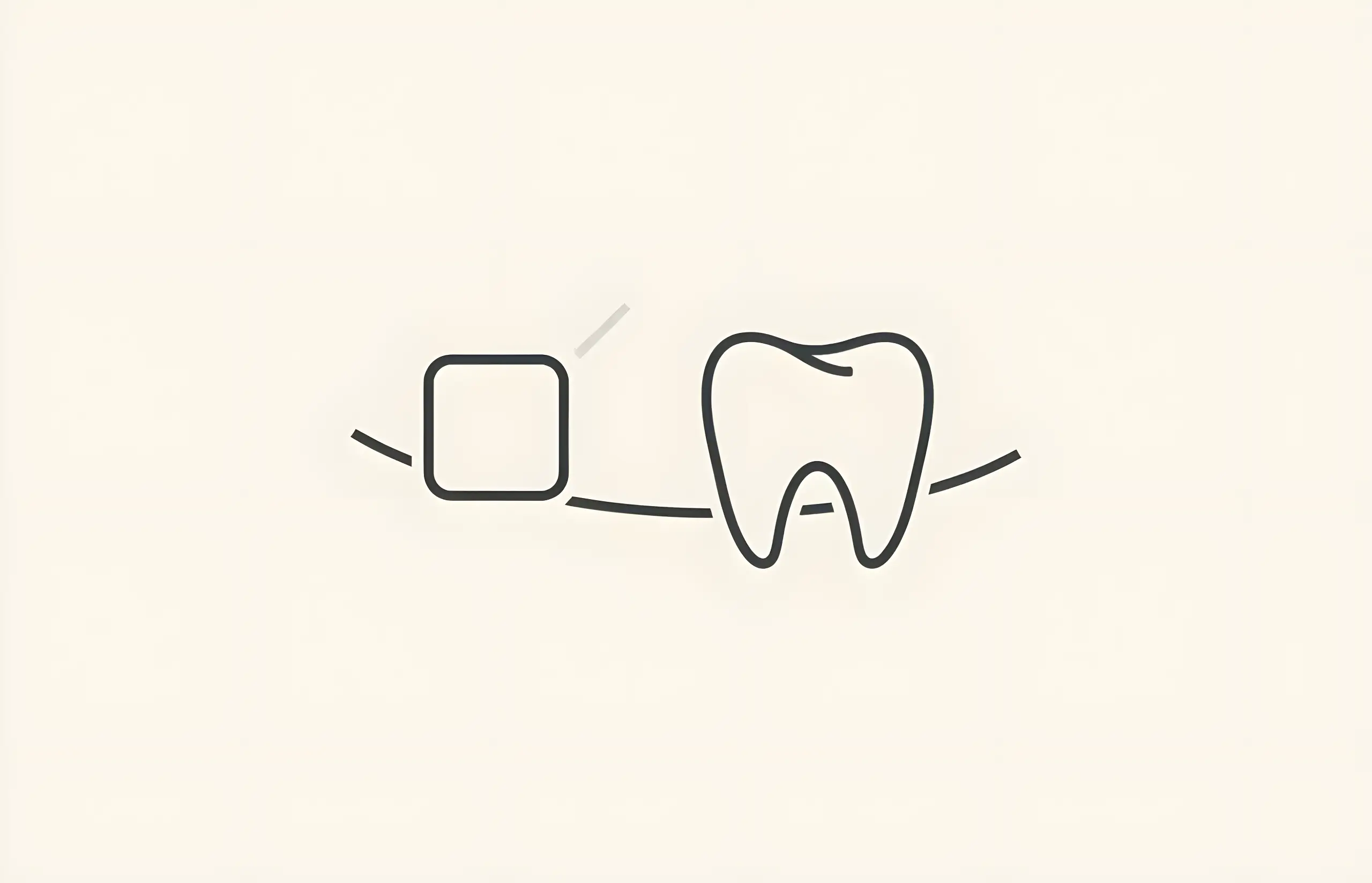
Can You Get Veneers With Missing Teeth?
Complete guide to veneers and missing teeth including why veneers cannot replace missing teeth, treatment limitations, and effective tooth replacement options
About The Dental Guide
The Dental Guide is a trusted online resource providing evidence-based information about dental health, treatments, and procedures. Our content is created and reviewed by qualified dental professionals to help you make informed decisions about your oral health.
Our Mission
- Evidence-based dental information
- Expert-reviewed content
- Clear, accessible explanations
- Latest treatment options
- Patient-focused guidance
Editorial Standards
- GDC-registered dental professionals
- Peer-reviewed sources
- Regular content updates
- Medical accuracy verification
- Transparent authorship
Important Notice
The information on The Dental Guide is for educational purposes only and should not replace professional dental advice. Always consult with a qualified dentist for diagnosis and treatment recommendations tailored to your individual needs and circumstances.
Medically Reviewed
Reviewed by Dr. Nasim Mechoui , BDS (Bristol)
Share this article
Comments & Discussion
Have questions about dental implants? Share your thoughts or experiences.
